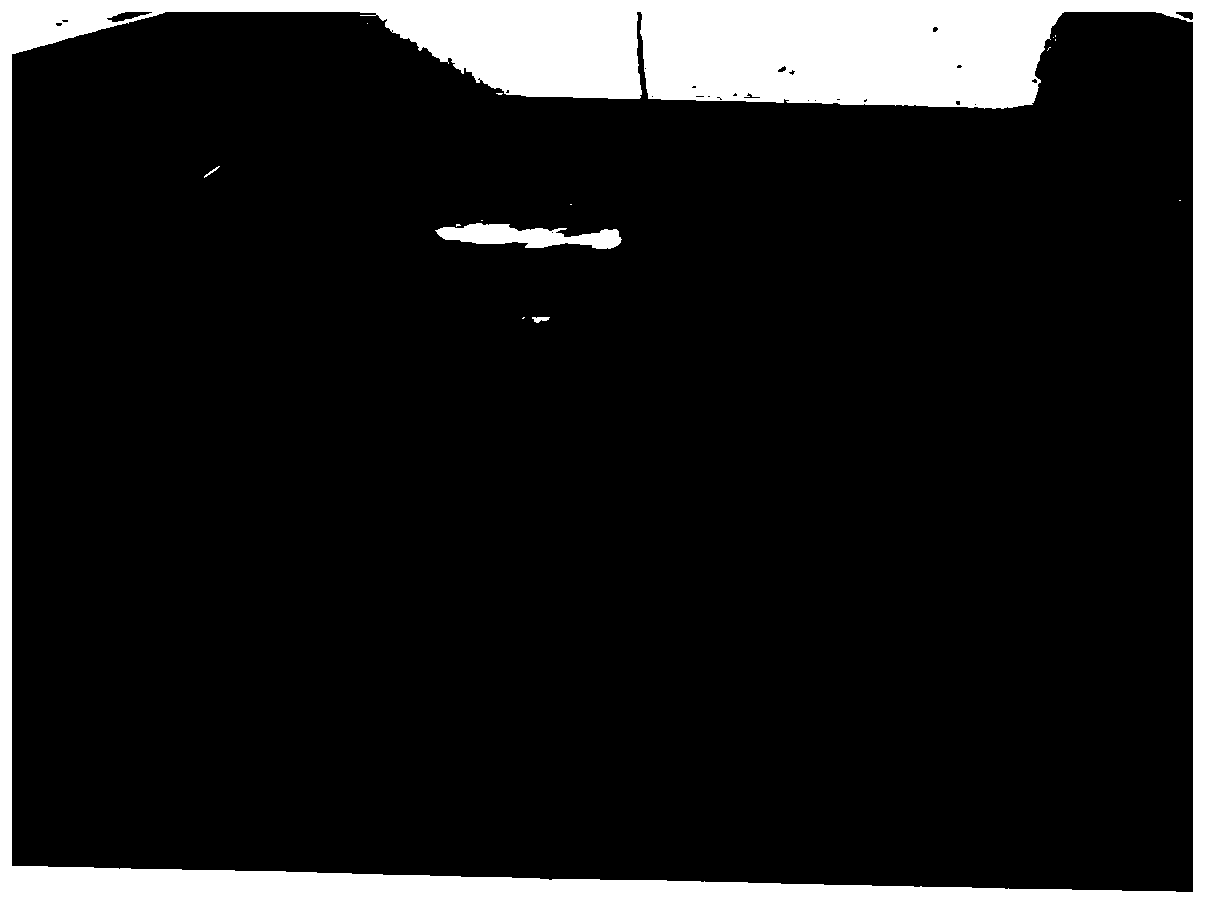Octopus variabilis larva overwintering-culture method
A cultivation method and larvae technology are applied in the field of efficient overwintering cultivation of octopus larvae to achieve the effects of improving survival rate and growth rate, easy access and high nutritional value
- Summary
- Abstract
- Description
- Claims
- Application Information
AI Technical Summary
Problems solved by technology
Method used
Image
Examples
Embodiment 1
[0017] Chironomus larvae were selected for bait transformation to octopus larvae with a size of 60-70 days and a size of 5-8 cm. A total of 90 octopus larvae were selected for the bait selection experiment. The selected octopus larvae were all fed with gamma prawns as bait before the experiment.
[0018] Three experimental groups were set up in the bait selection experiment, and each group was set up with three parallel groups, each parallel group used 10 long octopus larvae, and the experiment lasted for 1 day. The experimental design is as follows:
[0019] Experimental Group 1: fed with chilled Chironomus larvae; Experimental Group 2: fed with chilled Artemia; Experimental Group 3: fed with chilled orchid clam meat.
[0020] The bait was fed at 4:00 pm every day, and the feeding situation was observed and the residual bait was counted at 8:00 the next day. During the period, the feeding status of the octopus larvae was observed from time to time.
[0021] Table 1: Effec...
Embodiment 2
[0025] In January 2019, 100 octopus larvae aged 60-70 days were cultured in the laboratory of Ocean University of China, and the breeding density was 300 / m 2 , using Cladophora and Ulva as shelters. During the breeding period, the water temperature is controlled at 13-18°C, the salinity is 28-31, the pH is 7.5-8, the dissolved oxygen content is ≥5mg / L, and the light is <500lx. Change the water once a day, and the water change volume is 30%. Before the bait is changed, hook shrimp is fed daily as bait. On January 15, 2019, the octopus larvae were bait switched. Gradually reduce the feeding of hook shrimp every day until the baiting is stopped. After 2 days of stopping feeding, change to feeding chilled chironomus larvae. The overwintering cultivation lasted until March 15, 2019, a total of 60 days. The octopus larvae survival rate reaches more than 60%, and the average body length is about 12cm (Table 2).
[0026] Table 2: Data table of octopus larvae before and after win...
PUM
 Login to View More
Login to View More Abstract
Description
Claims
Application Information
 Login to View More
Login to View More - R&D
- Intellectual Property
- Life Sciences
- Materials
- Tech Scout
- Unparalleled Data Quality
- Higher Quality Content
- 60% Fewer Hallucinations
Browse by: Latest US Patents, China's latest patents, Technical Efficacy Thesaurus, Application Domain, Technology Topic, Popular Technical Reports.
© 2025 PatSnap. All rights reserved.Legal|Privacy policy|Modern Slavery Act Transparency Statement|Sitemap|About US| Contact US: help@patsnap.com



